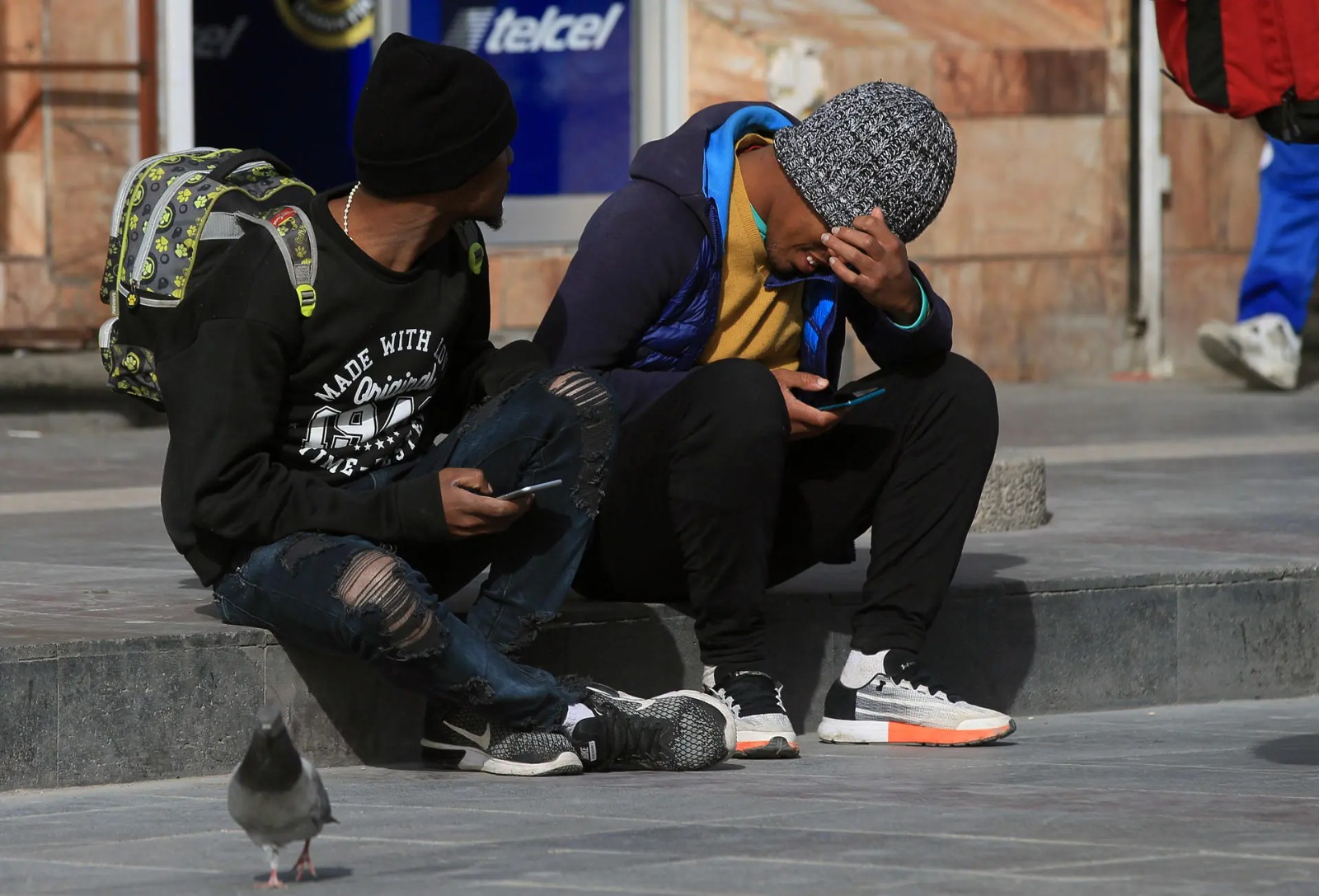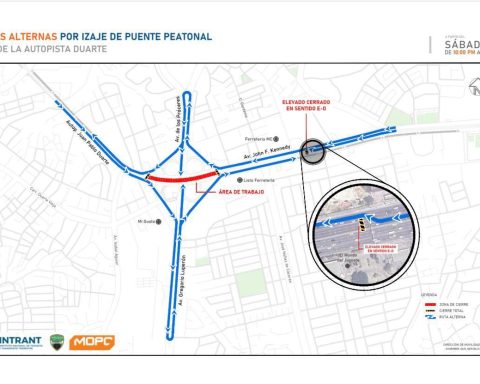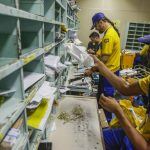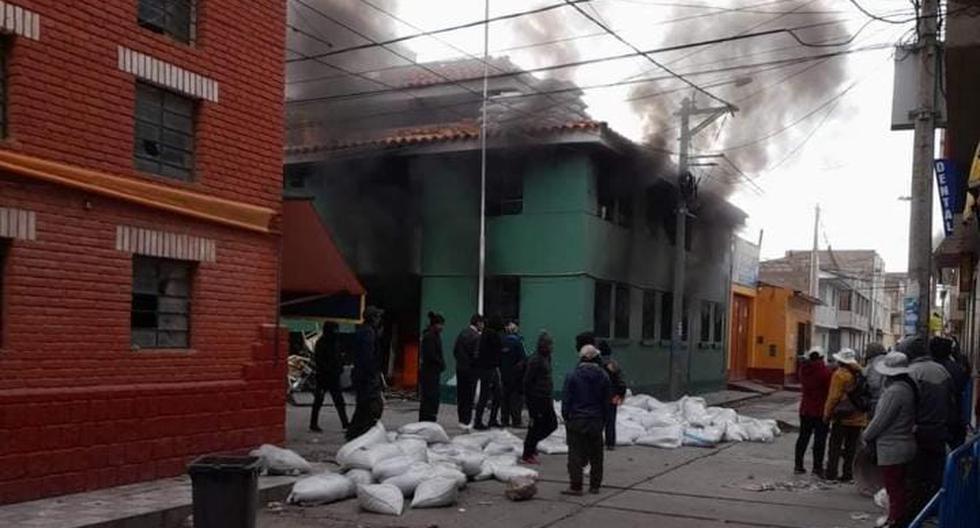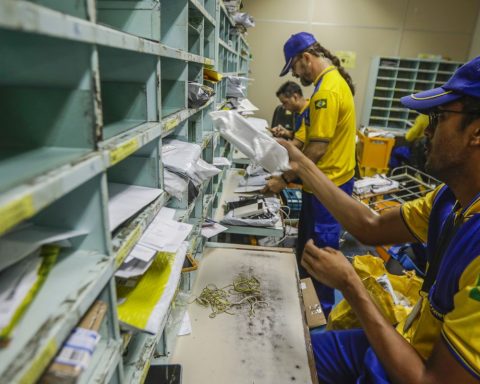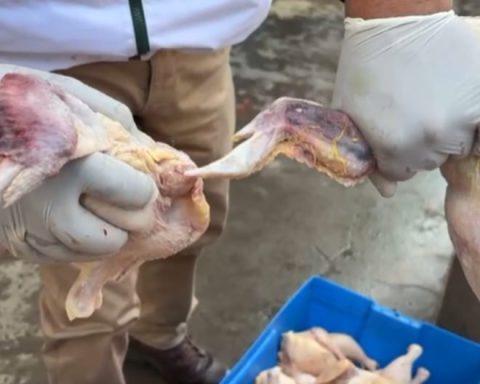(EFE).- Access to social networks, messaging and geolocation with mobile devices have changed the way in which migrants seek to reach the United States through Mexico. This exposes them to greater risks in their dealings with human traffickers.
This is reflected in the new study of the International Organization for Migration (IOM) «Information and communication technologies and the smuggling of migrants in Central America, Mexico and the Dominican Republic».
The study shows how criminal networks and migrants adapt to the technological context.
“Migrant smuggling networks constantly change their modus operandi and use technology to carry out their activities.” This was explained in an interview with EFE by the research officer of the IOM’s Mesoamerica-Caribbean Regional Program on Migration, Estela Aragón.
This phenomenon means that “coyotes”, as migrant smugglers are known, use platforms such as TikTok to offer their services. Also to monitor the journey of your customers through instant messaging. This was accentuated as a result of the pandemic and with the restrictions on movement, including migratory ones.
“There is a very important risk of fraud. (Migrants) do not even have a person in front of them and many times the payments are made and the service is received illegally,” Aragón explained.
Those who use technology
Being absent on the migration path, he added, the coyotes can cut off contact when it’s convenient for their safety. In this way, the migrant “assumes all the risk”.
But the report also highlights the benefits that technologies bring to migrants. For example, when accessing information about routes, maps and the possibility of being in contact with their relatives.
Although 64% of migrants admitted to using technologies, the majority are people between 26 and 35 years of age. While those over 46 hardly use them.
The organization interviewed 531 adult migrants from Colombia, Ecuador, El Salvador, Haiti, Guatemala, Venezuela, Guinea, Italy or Jordan.
All of these countries are targets of human trafficking networks. They questioned the migrants about the use they made of the technologies.
The questionnaires were completed at different points along the migratory route to the United States. It began in Panama and went through Costa Rica, Honduras and several Mexican states such as Chiapas, Oaxaca or San Luis Potosí.
COYOTES IN MEXICO
The researcher from the College of the Northern Border (Colef) María Eugenia Anguiano explained to EFE the risks that migrants face when crossing through Mexico. This is essential to reach the United States.
The northern Mexican border, he said, becomes “a funnel” in which organized crime takes the reins of migrant smuggling and “they steal, assault, kill and disappear.”
However, the technological transition of these criminal networks also exposes migrants to new risks. These are the violation of digital privacy, trafficking or sexual exploitation online.
“Technologies are widely used in the context of Mexico to guide migrants through the desert. Many start the route in Mexico City and absolutely all the guidance is usually through instant messaging,” added Aragón.
The “coyotes”, he continued, remotely monitor the location of the people who have hired their services and tell them where and how to cross through northern Mexico. In this way, they avoid the risk of being tracked down by the authorities and leave the migrants “stranded”.
THE ROLE OF THE AUTHORITIES
The report recommends that the authorities of the countries involved in the migration routes to US territory should adopt tools. This is to protect and investigate the crimes to which migrants are exposed, including technological ones.
“There are significant efforts by the Mexican authorities in order to promote orderly migration through regular channels. And there is a presence on social networks to combat illicit trafficking and provide reliable information”, stressed the IOM researcher.
Anguiano considered that the US CBP One application, designed to speed up the procedures to request asylum in the country and launched recently. He said that “it is a clear example of the use of technology for the benefit of migration management.”
However, over the last month, migrants stranded at the border have warned of the saturation and failures that the tool has presented.
The region is experiencing a record migratory flow, with 2.76 million undocumented immigrants detained at the United States border with Mexico in fiscal year 2022.
